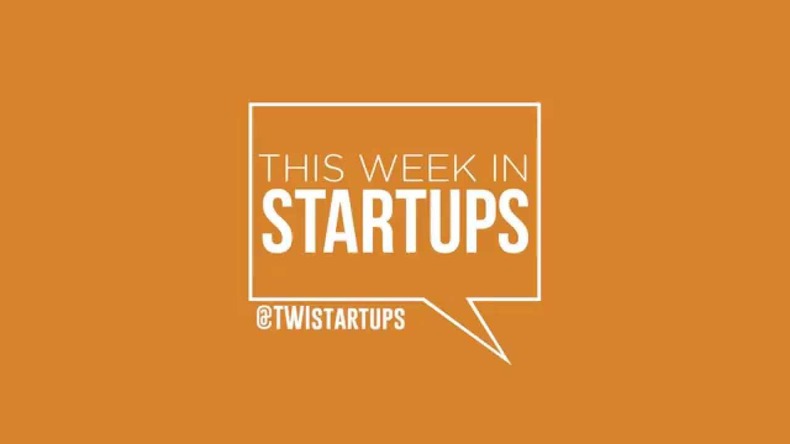Founder Lesson
A few days ago I ran across this blog post. It’s the announcement from Shyp that they are cutting headcount and closing expansion markets to focus on profitability. Too many similar outcomes come to mind recently…Sprig, HomeHero, Zirtual, Beepi, Good Eggs & Homejoy. And these are just the ones that immediately come to mind.
I can’t say for sure why this occurred to each of these startups because I wasn’t personally involved. And, of course, the causes are multivariate. But I suspect a big part of what happened was that the founders incorrectly thought that they had product-market fit before they used lots & lots of cash to rapidly expand their customer base and markets.
This podcast caught my attention because this very experienced west coast growth marketer describes how he thinks about product-market fit. He says, “the one purpose of growth is to scale users of a product which has product-market fit…if you don’t have product market fit, you shouldn’t be growing the business yet.”
Here’s how to know that you have product-market fit…
You have customers actively using your product organically and they'd be pissed if your product went away.
Does this sound a bit fuzzy?
Here’s how to know you have product-market fit using data...
Do a cohort analysis. It’s an analysis of customers from a particular time period in the past. You plot their usage cadence over time. Ignore the natural drop-offs and focus on the flat portion…a group of users that stick around and continue to use your product (good example here). The worry is that the chart continues to drop to zero, so there’s not even a small group of users who find ongoing value from your product. If there is a group that continues to use your product, then you have product-market fit for that group of customers!
Two other thoughts about this topic…
1) B2C startups need one more thing (on top of product-market fit) to grow quickly…the ability to acquire users cost-effectively. In the beginning you’ll need a 3-month payback period because other assumptions (eg margin, how long customers stick around, usage cadence) are shaky. And don’t ignore that a large portion of these customers need to sign-up for free to drive your blended CAC down.
As @ceonyc says in this amazing blog post, "Engagement is better than growth. If people engage regularly with your product, but you can't get more people to use it, you've got a marketing problem. Marketing problems, for the most part, are solvable by a very distinct set of best practices."
Y Combinator echoes this sentiment here.
2) Getting product-market fit right very early is even more important in less mature startup towns. In Atlanta, my hometown, there’s not much early (angel & seed) capital for B2C startups. As a result, the B2C startups here have to think much more about either (a) financial sustainability and/or (b) product-market fit from the very outset. Said another way, no investor will pre-pay for local founders to search for product-market fit…they have to prove it on initial (personal & friends/family) capital.
If I could change one thing about how early-stage founders launch new startups it would be to have them optimize for product-market fit before doing anything else.
And if you are particularly interested in product-market fit, here are all my blog posts tagged “product market fit.”
Sidenote: Take a look at Shyp's Crunchbase profile (at top). This post was written in mid-2017. Their last round was in early 2015. A good rule-of-thumb for venture-backed startups is that a new round will last about 18 months and it takes 6 months to raise a new round. So if you ever see a venture-backed startup not raising after 24 months, it's a good sign that things aren't going as planned. High-growth, venture-backed startup rarely ever get profitable and stop raising because that's not the game they are playing.
Sidenote: Here's a super interesting survey that tries to help founders identify product market fit before they have lots of active users. Not sure it's the perfect silver bullet, but there's something very interesting about trying to identify product market fit with a small number of users. Thanks @rahulvohra.
Get Right to the Lesson
I’d recommend listening to the entire thing, but to get right to the point go to minute 2:11 of this podcast/video.

Thanks to these folks for helping us all learn faster
Casey Winters (@onecaseman), Growth Advisor in Residence at Greylock Partners (@GreylockVC)
This Week In Startups (@TWistartups)
Jason Calacanis (@jason)
Jacqui Deegan (@jacqKD)
Jacob Beemer (@jacobbeemer)
Please let me and others know what you think about this topic
Email me privately at dave@switchyards.com or let's discuss publicly at @davempayne.
The best startup advice from experienced founders...one real-world lesson at a time.
